

There’s been a lot of news these days about tourists being stung, bitten, or exposed to severe venom of sea animals. Some of them are not severe cases but some are so severe that they die.
If you are planning to go to the beach, you should be careful about these venomous sea animals. Today, ACU PAY will introduce dangerous sea animals that you should be aware of before going into the sea. Follow ACU PAY if you would like to know what venomous sea animals are there.

Jellyfish are highly toxic marine animals, each of which has a different poison. If you touch jellyfish, you will have headaches, nausea, severe muscle pain, and a burning pain just like your skin is burned. The severity of the patient depends on the amount of toxicity received and the allergy to the toxicity of each person. If you are exposed to the jellyfish tentacles slightly, you may get hurt. However, if you are exposed to them seriously and are allergic to poison, there is a chance of death.
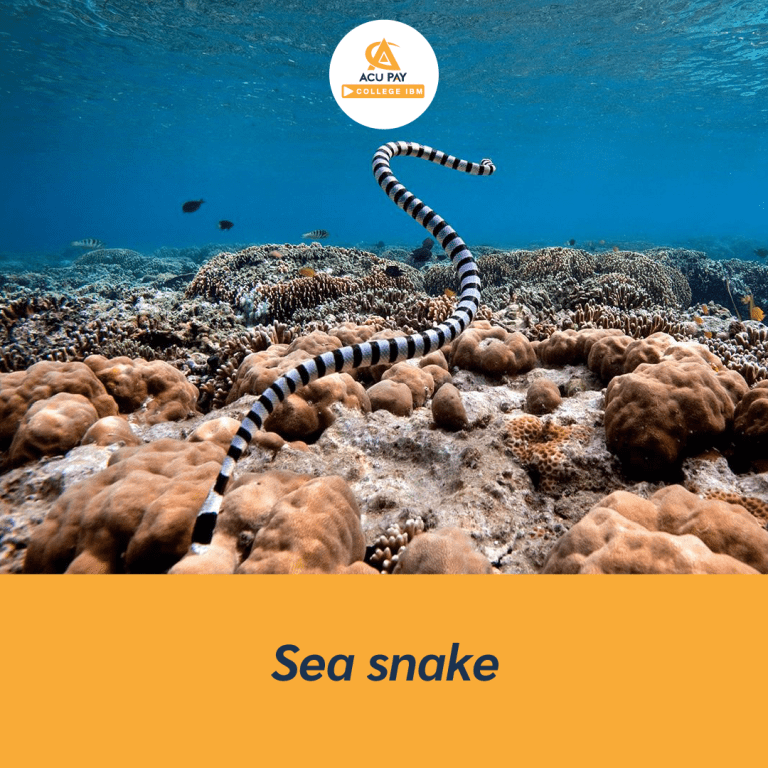
There are dozens of types of sea snakes found in Thailand. Most sea snakes are venomous and often have serious venom. Sea snake venom is two to ten times more deadly than cobra venom. Sea snake venom is a neurotoxin, as well as the venom of snakes in the Banded krait family. The symptoms of venom are active slower than land snakes. The venom will be active once bitten for about half an hour or an hour. Those who are bitten by sea snakes will die unknowingly. There is only one species that is not poisonous, which is a little file snake.
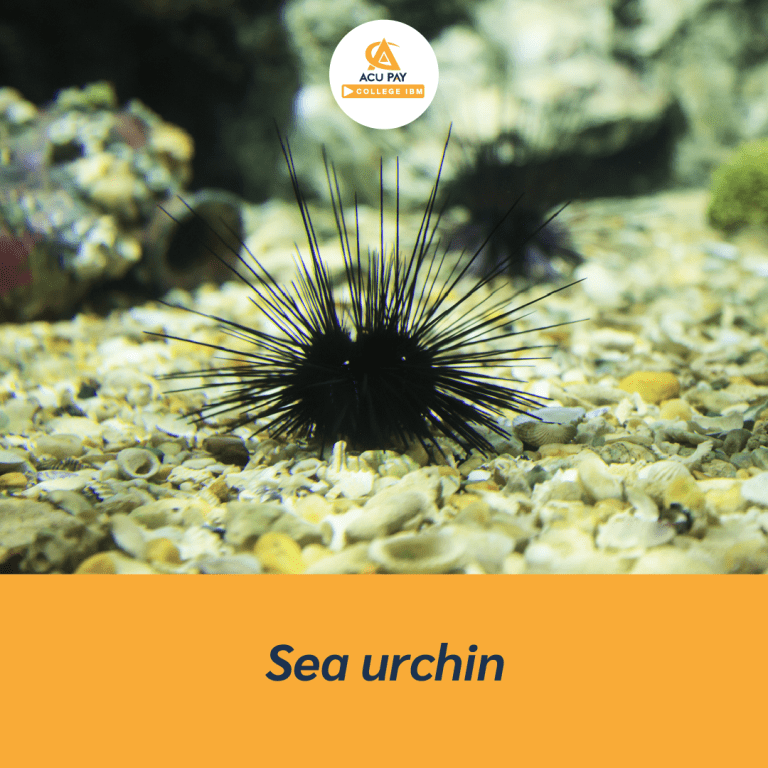
A long spined sea urchin is a well-known marine animal. Many people were once stung by the spine of sea urchin. The initial first aid method is not difficult just massaging back and forth on the stung area with a bottle. The thorns inside will break and disappear in 24 hours. Do not try to pick it out or smash it harshly. Do not try to pick it out or smash it harshly because it can cause inflammation. Then, take the painkillers. Be careful when snorkeling. Don’t stand on coral reefs. Don’t enter very shallow areas, especially in times of tidal waves where waves can hit you to hit sea urchins.
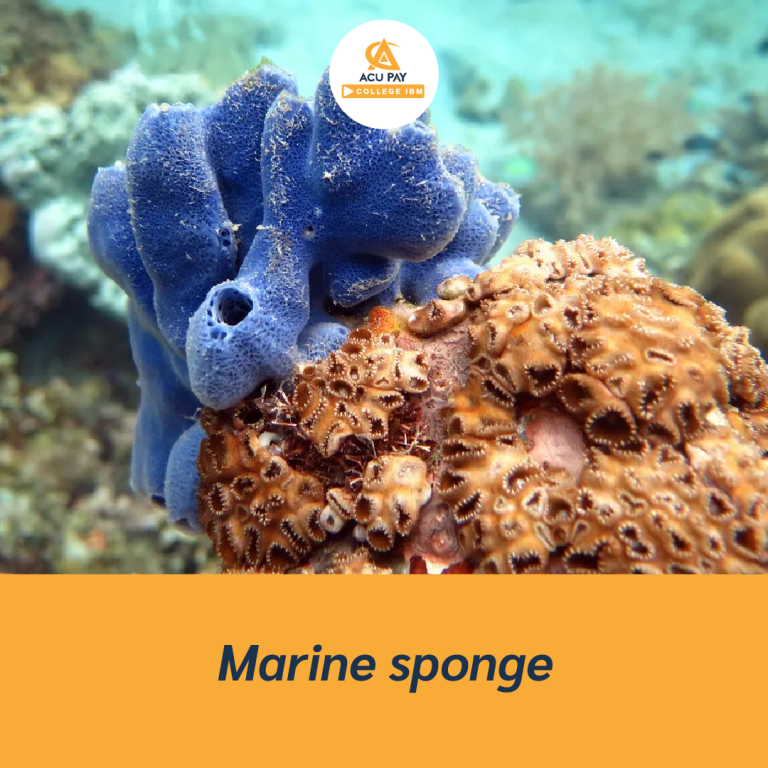
Sponges are stationary animals with a porous body, living by the water canal system through the body. It should be avoided from touching large sponges along coral reefs such as Barrel sponges. If you accidentally touch it, the first aid is to remove the sponge spicule by washing the wound with clean water or 5% acetic acid for 15-30 minutes, then apply Antihistamine to relieve rashes.
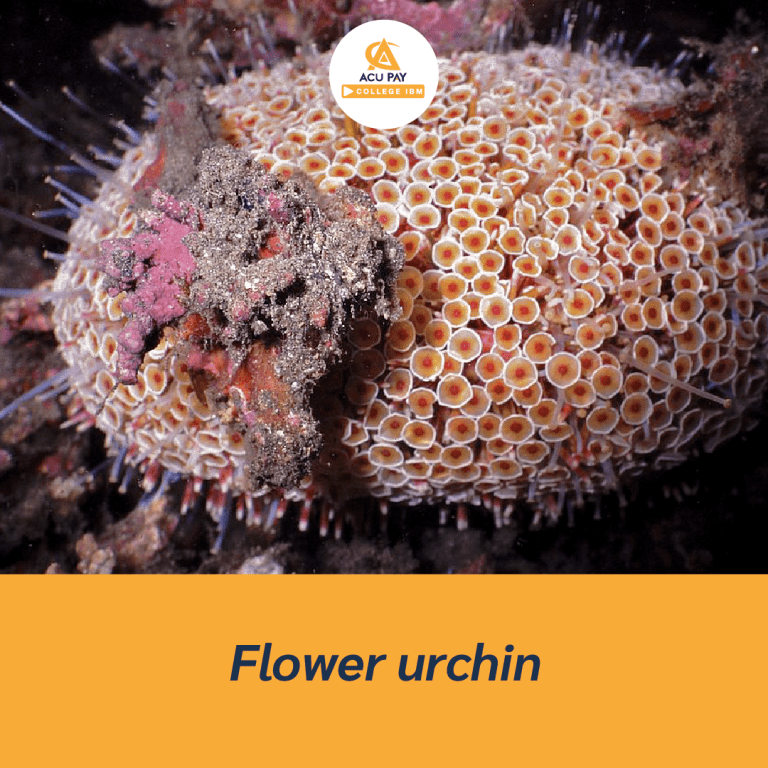
Some flower urchins and short-spined sea urchins are found in the sand outside the reef. There is a serious poison. Do not touch it at all, but if you touch it, go to see a doctor immediately.
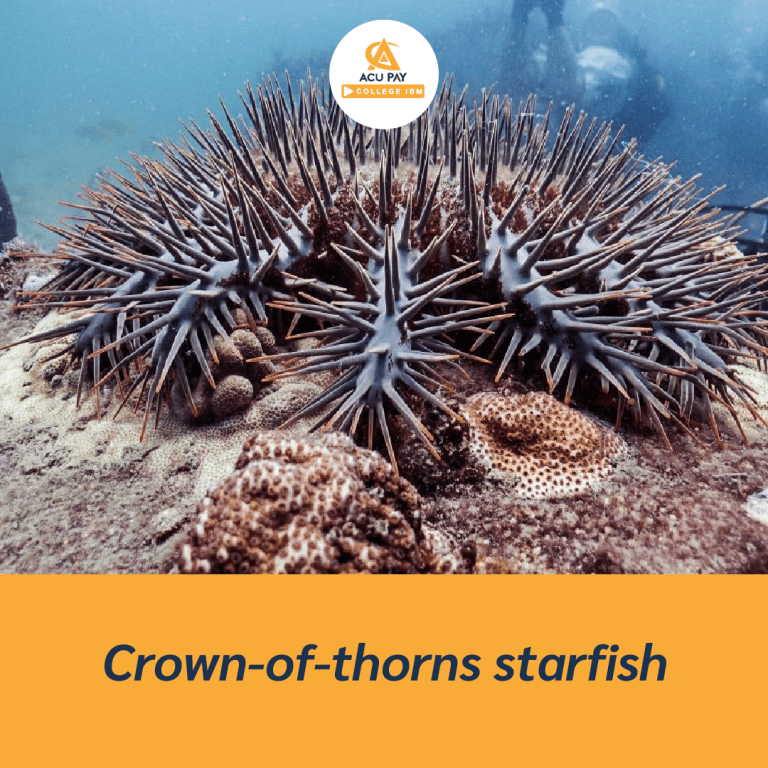
The crown-of-thorns starfish is a coral-eating animal. It can be found commonly. The thorns along the body are very hard and sharp. If you get hit, you will feel pain and the wound will be very difficult to heal.
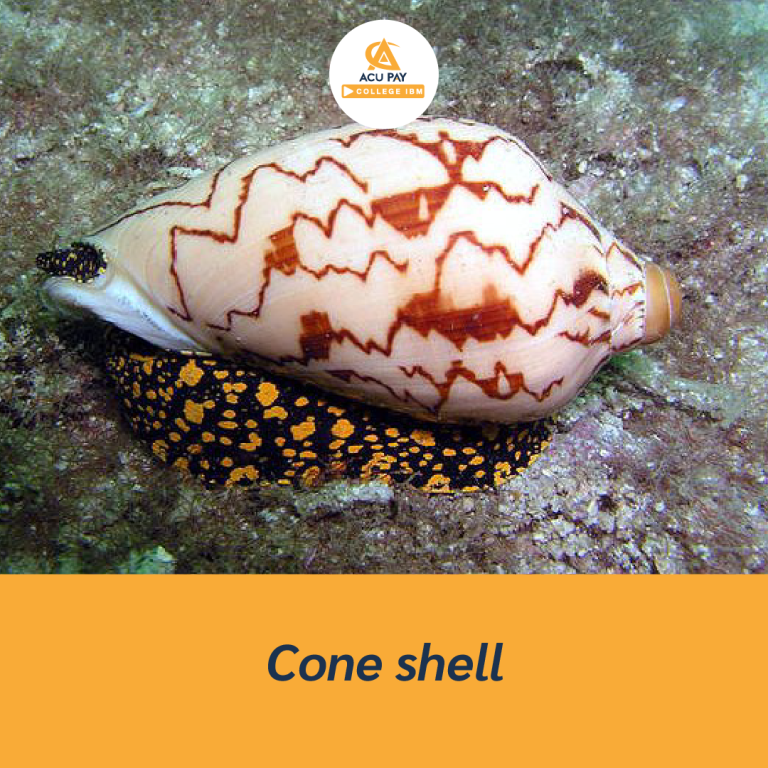
Cone shell is one of the most deadly venomous animals in the world. The cone shell teeth can transform into a spear. When the cone shell finds its prey or protects itself, it sticks out its trunk before shooting a spear at it. Most of these cone shells have deadly venom such as Geographus cone. The easy way to avoid it is not to try to grab the cone shell or pack it in your pocket for a souvenir.

Sea feathers are plant-like animals. They often live in groups, and have many species, some of which resemble feathers and some of which look like ferns. It is often found along coral reefs, coasts, or piers, including debris floating in the sea. If the skin is in contact with sea feathers, it can cause venom to penetrate the skin, causing itching and burning pain.
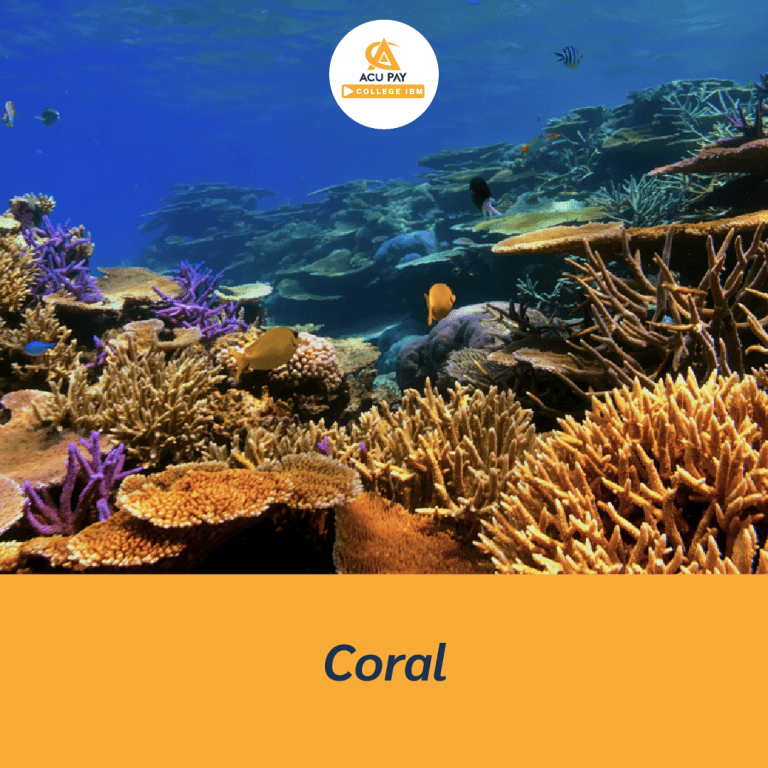
Corals are a large group of marine animals with more than 750 species. Most of them live in isolation. Some corals have thorns or sharp stem protruding, which inside will be poisonous and irritating to the skin. If you get close to or touch a sharp stem, you may get exposed to venom which causes red swelling and itching.
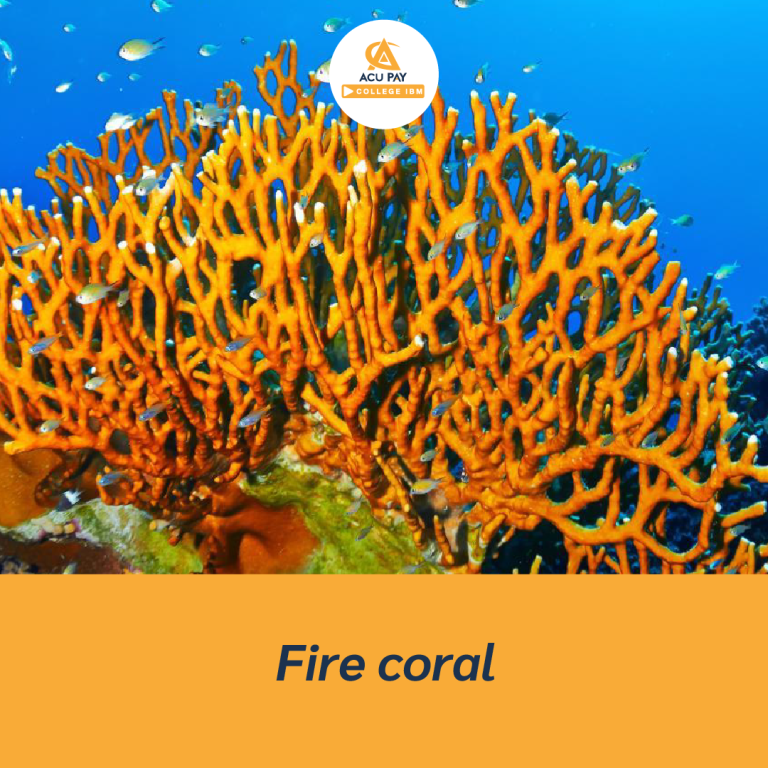
Fire corals are marine animals of the same type as sea feathers and are poisonous as well. They have three shapes: plate, lump, and branch. Generally, they are light yellow or brown. They can be found mixed with other animals in the coral reefs. If exposed to fire corals, it causes burning marks, red swelling, and burning pain in the skin.
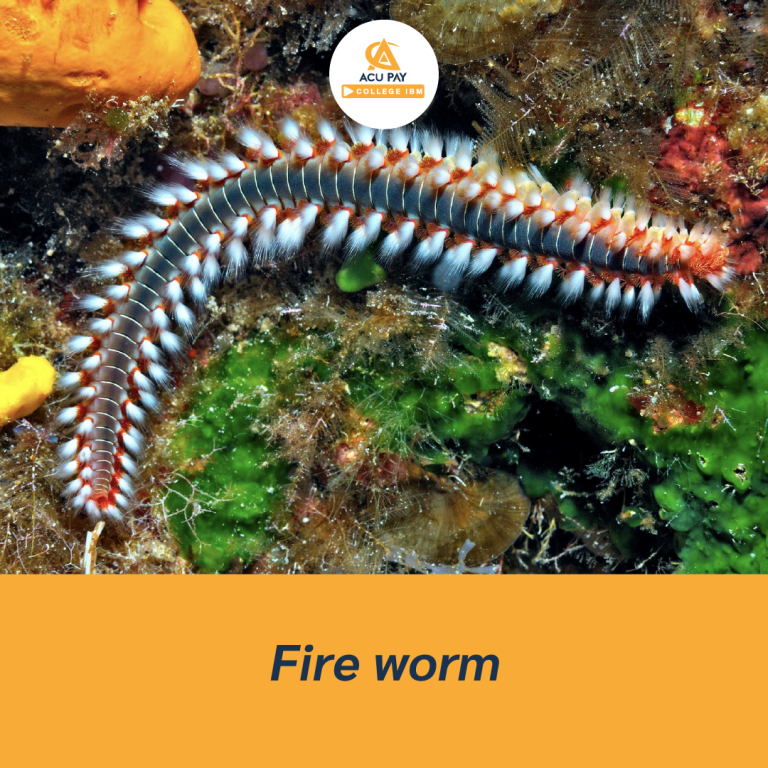
Fireworm is a worm of the same type as Nereis or polychaetes, but its body is shorter. The body of the fireworm has very long and hard hair and can be easily released from the body. It can stab into the skin and cause itching.
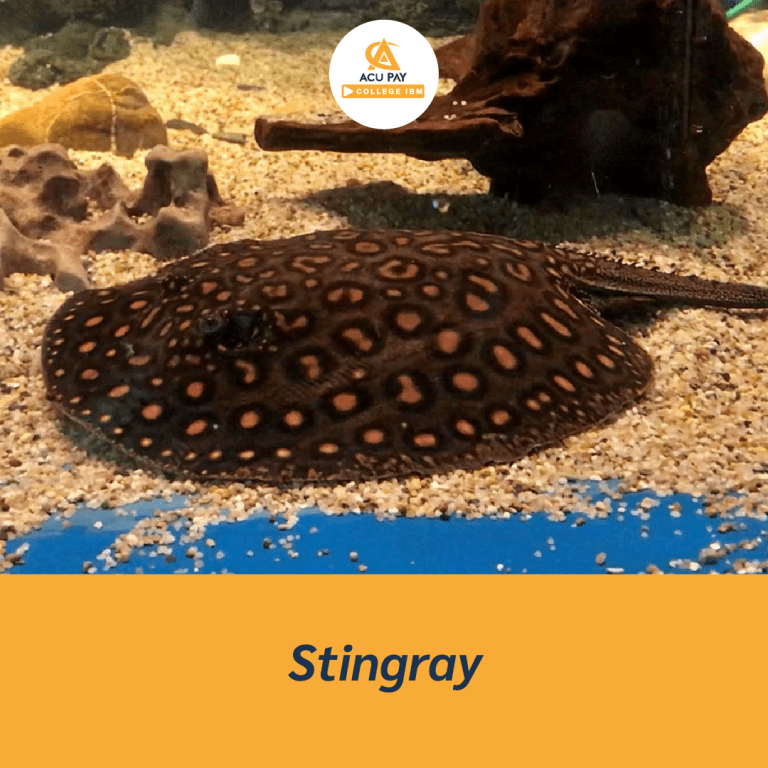
The stingray is a cartilaginous fish with a long spike at the base of the tail to protect itself. If you walk along the coast, you may step on a stingray that lurks on the seafloor and get stung which causes pain. Sometimes it can cause shock, loss of consciousness, and death.
Other animals can be dangerous as well such as Mantis shrimps, puffer fish, barnacles, oysters, etc., but everything is preventable if we are not careless. For wounds caused by coral or undersea animals, may sometimes be infected by seawater. Doctors should be seen immediately, use antibiotics, and clean the wound well.

ให้ทุกเรื่องการเงินเป็นเรื่องง่าย เริ่มต้นวันดีๆ ไปกับเรา MAKE A GREAT DAY WITH ACU PAY